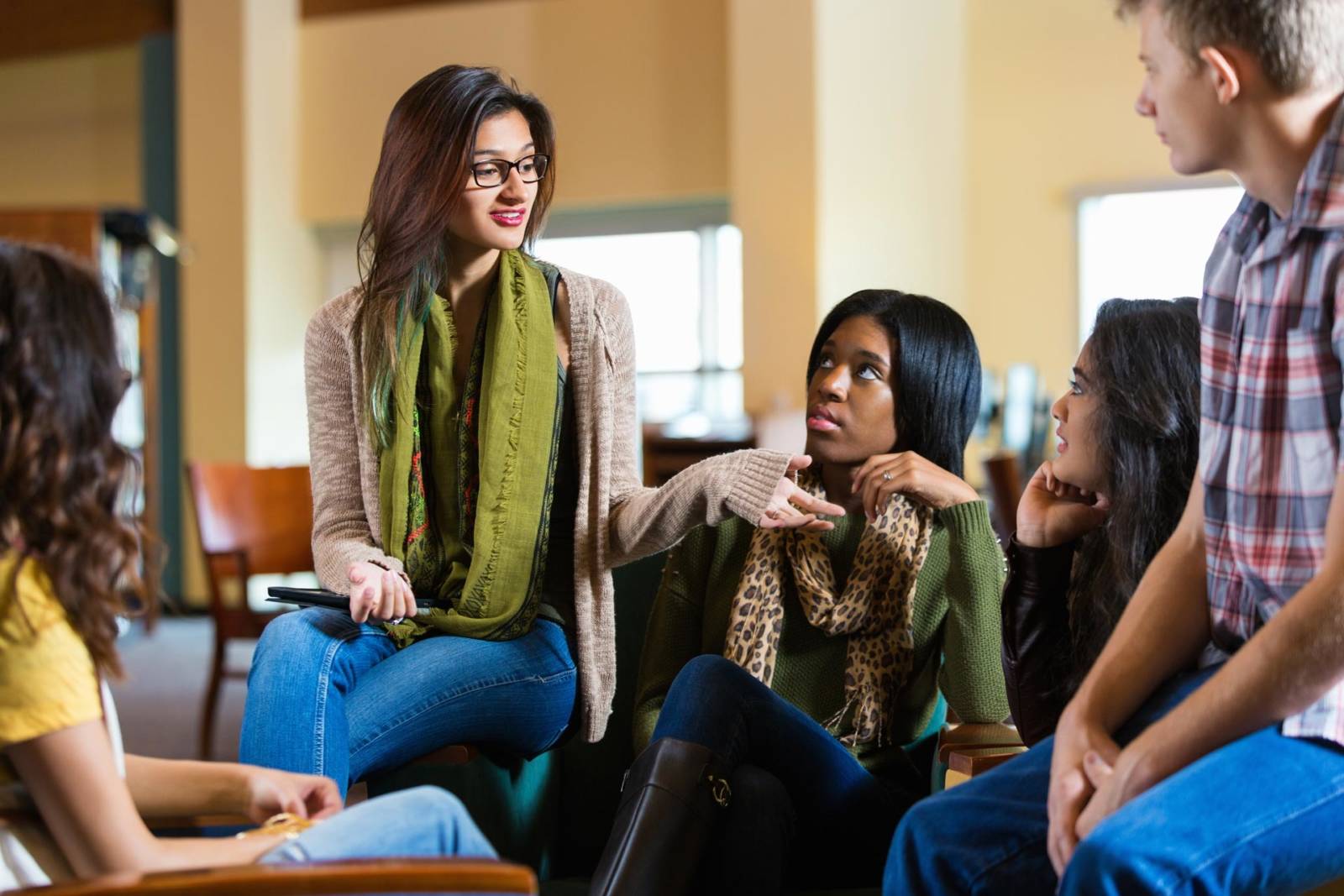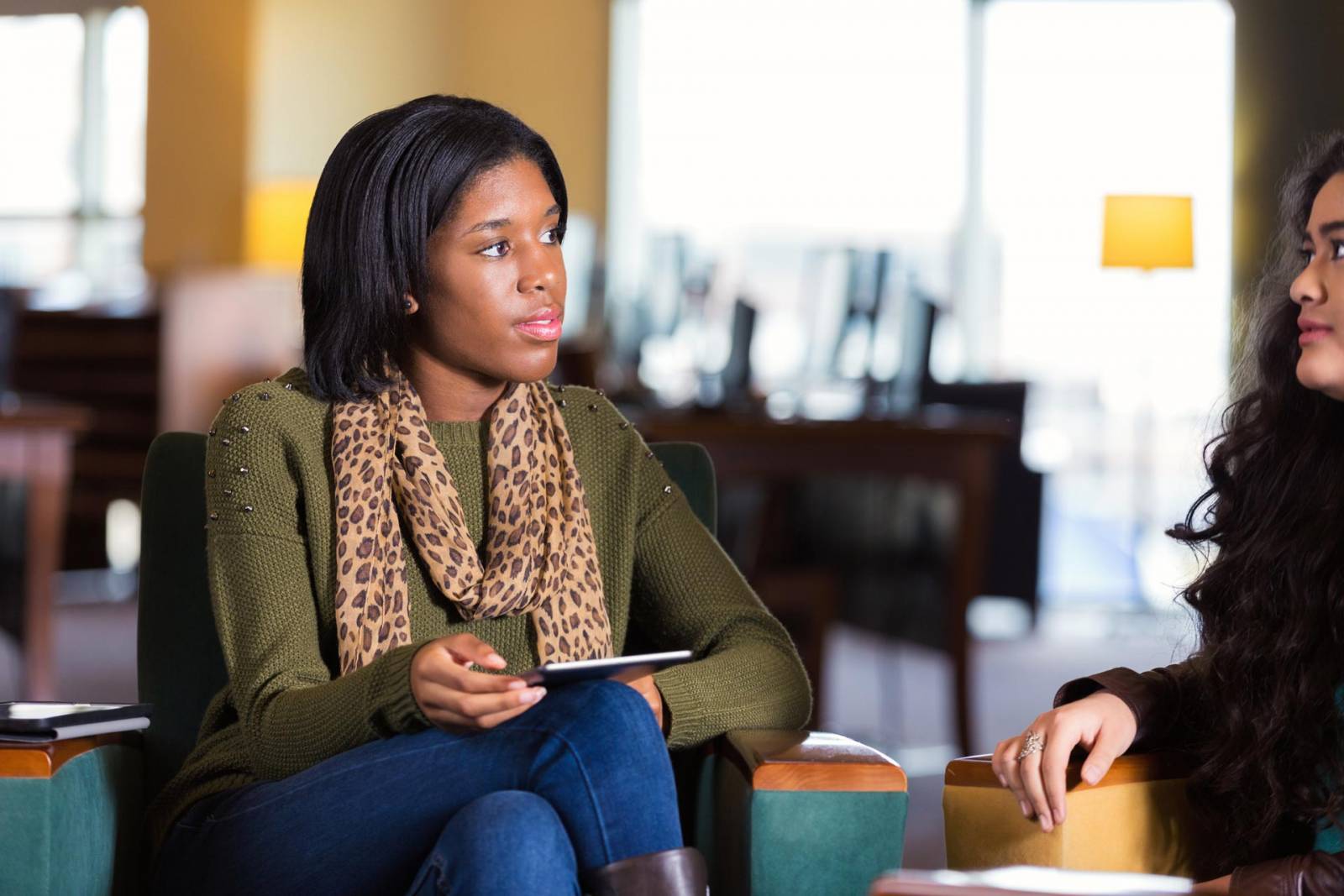
If you were a superhero, which superpower would you want? Flying? The ability to be invisible, or maybe to read minds? While empathy won’t give you the power to read minds, it will get you pretty close. At the heart of empathy is the idea of understanding others. Why is understanding important? Understanding is key for relating to others, building trusting, and having open relationships. All of these components are helpful in bullying prevention efforts. Working with your students to develop their understanding of others is a crucial aspect of empathy.
See Different Points of View

Walk a mile in their shoes. That’s what we tell people when we want them to see things from another person’s point of view. The only way to truly understand what others are going through, or why they think or act a certain way, is to see things the way they see them.
Have you ever been really upset with other people? Maybe they said something to offend you or acted in a way that made you really mad. The easy response to this is to get mad at them and stay mad. Well, what if instead of getting mad you took a moment to put yourself in the other person’s shoes. Here are three simple steps for putting yourself in someone else’s shoes:
1. Think about what that person has going on in his or her life. If you don’t know, ask.
2. Think about how you would act if you were in that specific situation.
3. Talk to the person about the situation and find out why he or she handled it in that way.
Listen

Listening is the most important part of communication, and a key part of understanding other people. Listening is not the same as simply hearing. When you truly listen to someone speak, you stop what you’re doing and direct your full attention to the person talking. Listening takes effort and focus. You must focus on the person talking in order to process, or understand what is being said, and have the ability to respond in a thoughtful way. The next time someone asks to speak with you, make an effort to not just listen, but to listen to understand.
Evaluate Feelings

Now that you know what it means to truly listen, you can take understanding one step further and learn to evaluate a person’s feelings. Empathy means that we understand not only the words being said, but the ideas and the feelings that go with the words.
Sometimes feelings are easy to detect. If a person is crying, you can tell that he or she is obviously sad. However, not everyone wears their emotions on their sleeve. It’s up to you to read into what is not being said or outwardly shown. This is where that mindreading superpower would come in handy. So how do you evaluate feelings when mindreading is not an option? Here are three tips to help you out:
1. Be careful not to put your own feelings in place of someone else’s.
2. Talk about the other person’s feelings, not your own.
3. Try to read between the lines and go with your gut. If you have a gut feeling that something is wrong, go the extra step and ask.
Practice Self-Awareness

Empathy is built through an understanding of oneself, or self-awareness. The more you understand your own thoughts and feelings, the more you can understand someone else’s. If you don’t recognize the many feelings you experience on a daily basis, how can you expect to recognize those feelings in someone else? The more open we are to our own feelings, the more skilled we become at reading someone else’s feelings.
Read Nonverbal Communication

Nonverbal communication is made up of facial expressions, or the look on a person’s face, and body language, or movements. Picking up on these nonverbal cues will help you to fully understand what the speaker is trying to tell you. This deeper understanding of others will further strengthen your empathy for people.
Sometimes people will do everything short of coming out and saying how they feel. They’re hoping you will pick up on their nonverbal cues so they don’t have to tell you with their words. Did you know that the majority of communication is nonverbal? That’s why it is so important to pay attention to people’s actions as well as their words. Without nonverbal communication, you’re only taking in a small part of the conversation!
